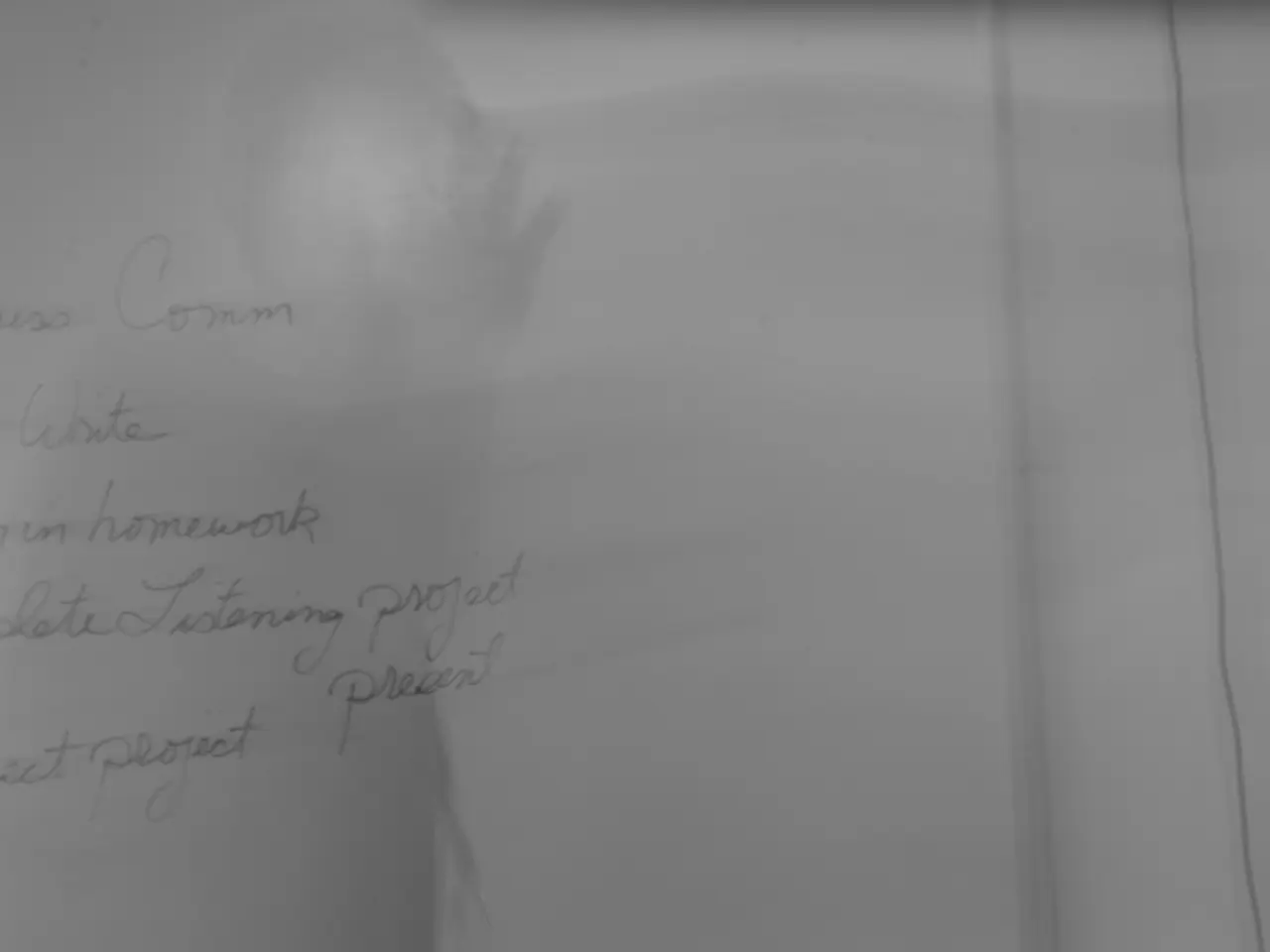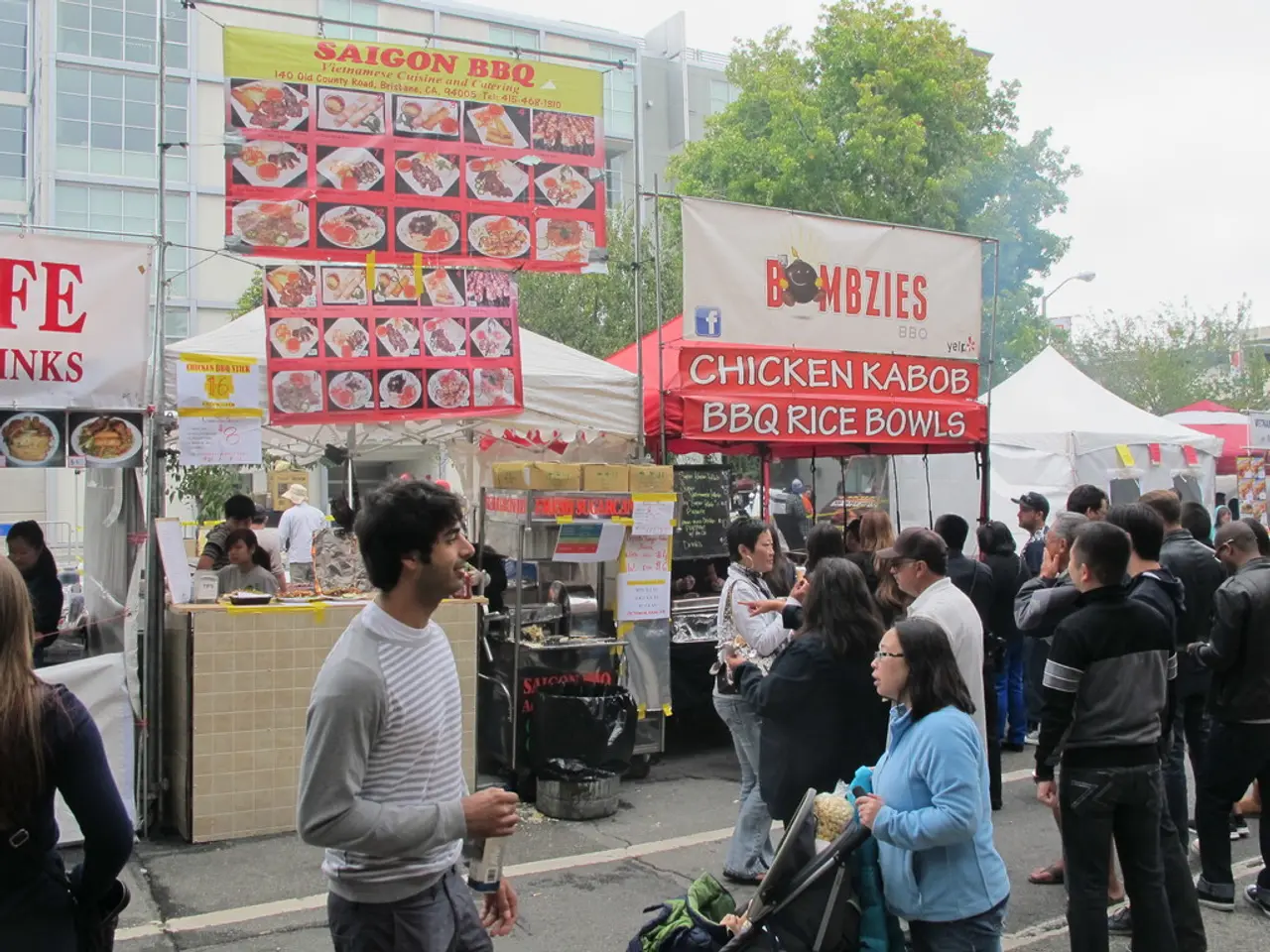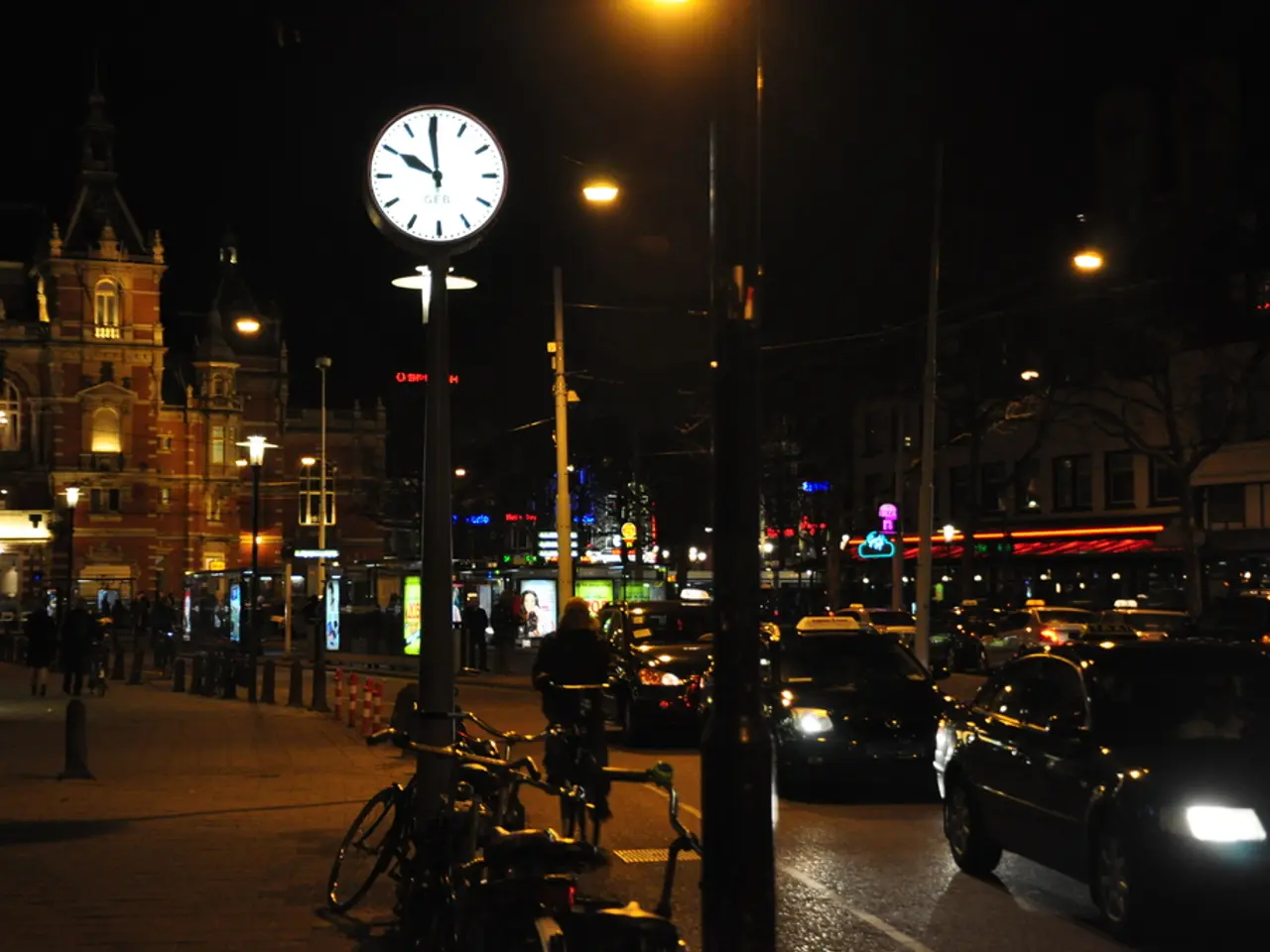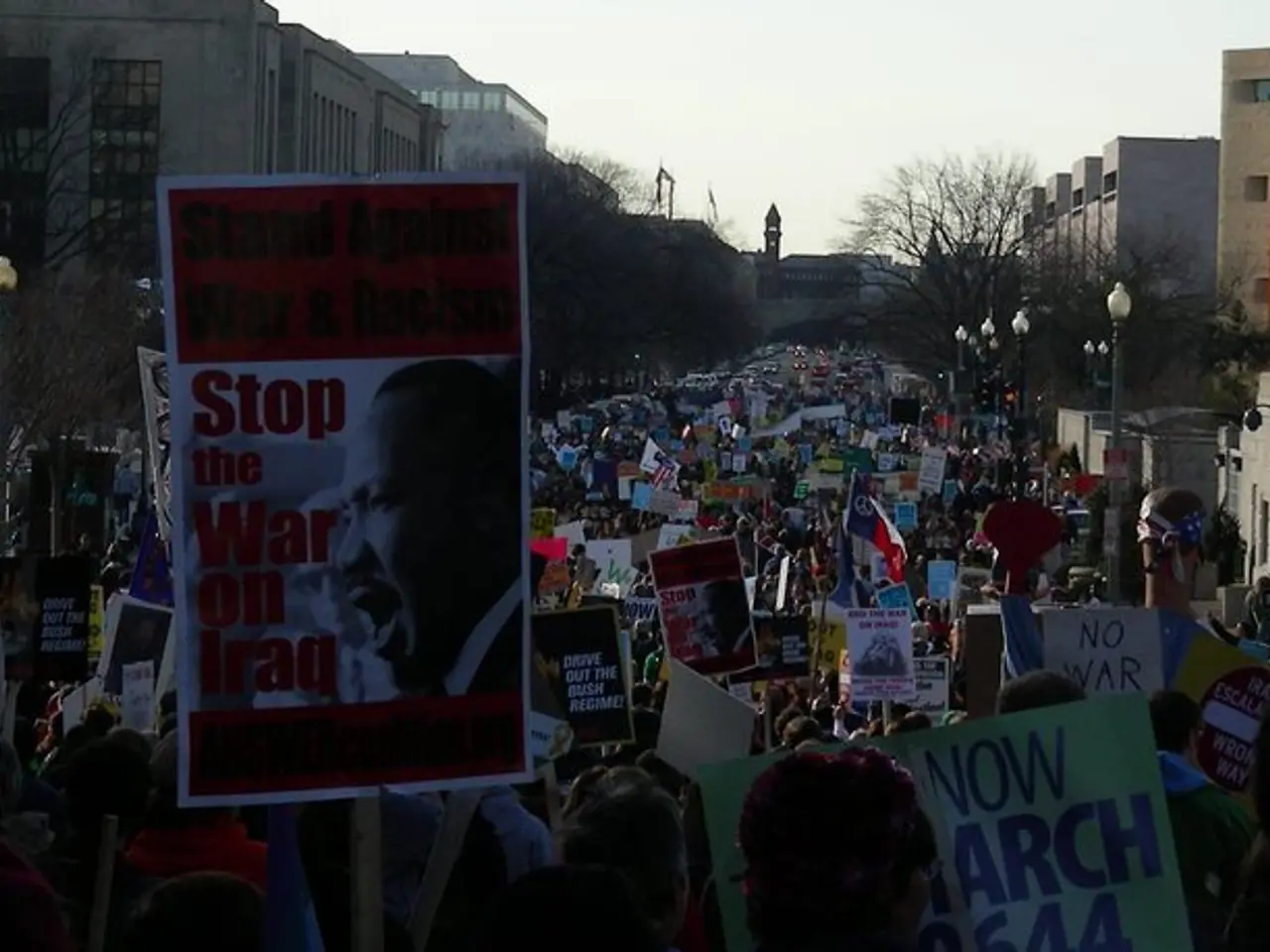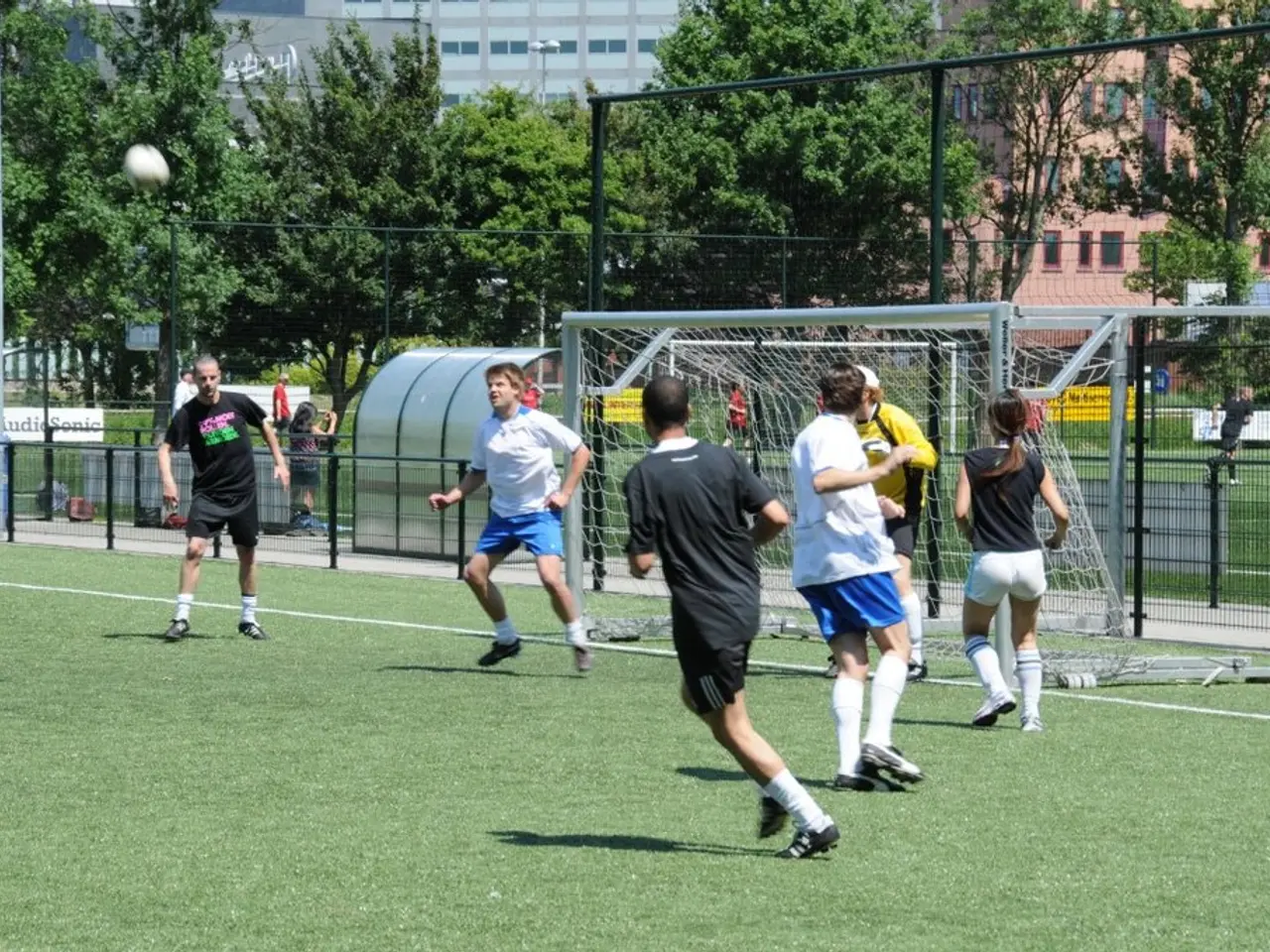Decline in Workforce and Immigration Potentially Pose Challenges for Employment Market
The U.S. labor market and economic growth are experiencing a significant shift due to recent changes in immigration policies, according to a range of experts and economic analyses.
One of the most notable impacts is the tightening of the labor supply. According to the Federal Reserve and private sector economists, reduced immigration has led to a decline in the labor force participation rate and a sharp slowdown in immigration rates since mid-2024. This tightening is occurring alongside a softening in labor demand, resulting in slower monthly job gains and moderating nominal wage growth.
The termination of parole programs and Temporary Protected Status (TPS) for certain groups has exacerbated the labor shortage in healthcare, with many healthcare systems struggling to find nurses, nurse's aides, environmental services workers, and other critical staff. Rosanna M. Fox of Lepore Taylor Fox LLP has stated that this situation is causing a dire need for healthcare workers and forcing systems to wait two or more years for a nurse through the green card process.
The Trump administration's executive order issued on January 20, 2025, blocked the admission of approximately 100,000 refugees to the United States. Meanwhile, the number of foreign-born workers in the U.S. labor force has declined by 735,000 since January 2025.
Despite these challenges, the total nonfarm payroll employment increased by 147,000 in June 2025, according to the U.S. Bureau of Labor Statistics. However, the labor force participation rate for both U.S.-born and foreign-born workers has decreased. The U.S. born participation rate declined from 62.1% to 61.8% between June 2024 and June 2025, while the foreign-born participation rate dropped from 67.0% to 66.3% during the same period.
Economic research suggests that immigration has had a positive effect on wages of less educated native workers and a positive employment rate effect for most native workers between 2000-2019. However, recent findings indicate that wage growth in occupations with a high proportion of foreign-born workers has slowed this year, despite net migration having plummeted and competition for these jobs theoretically declining.
Federal Reserve Board Chair Jerome Powell explained at a Congressional hearing in June that the significant slowing of the growth of the labor force will slow the growth of the economy. He also stated that growth will slow and is slowing this year due to fewer workers.
In summary, recent immigration policy changes are contributing to a tighter labor supply, slower job creation, and diminished economic growth potential for the U.S., with additional risks of increased inflationary pressures in the short to medium term. These changes are expected to have a significant impact on the U.S. economy in the coming years.
- The Trump administration's immigration policies, such as the deportation of certain immigrant groups and the reduced admittance of refugees, have been contributing factors to the current worker shortage in specific sectors like healthcare and general labor force.
- The latest jobs report shows a moderate increase in employment, with 147,000 new nonfarm payroll jobs added in June 2025. However, this increase is happening against the backdrop of a declining labor force participation rate, which experts like Federal Reserve Board Chair Jerome Powell attribute to the significant slowing of immigration rates and the diminished growth of the labor force, potentially leading to slower economic growth in the upcoming years.
